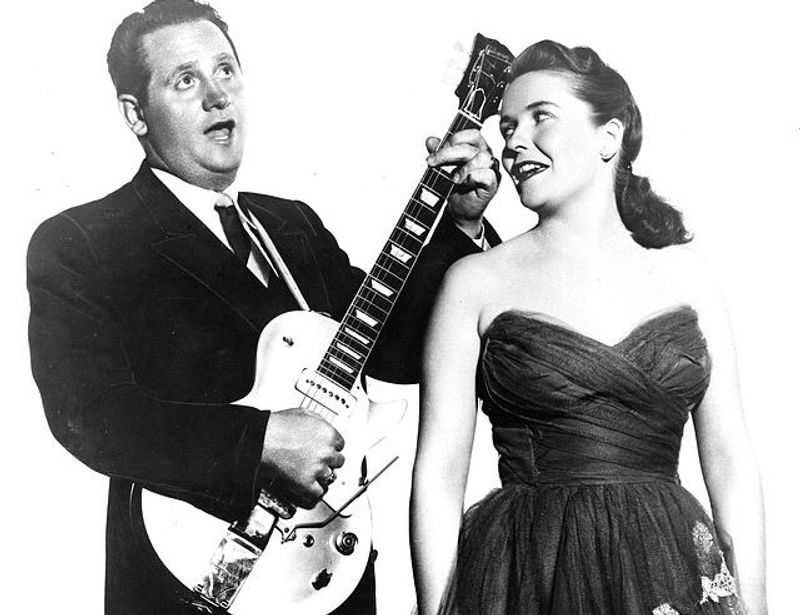Lester William Polsfuss, better known as Les Paul, was an American jazz, country, and blues guitarist, songwriter, luthier, and inventor. He is one of the most influential and important figures in the history of recorded music.
Born on June 9, 1915 in Waukesha, Wisconsin, Les Paul began playing the guitar at age eight and soon developed a passion for the instrument. After dropping out of high school in 1931, he moved to Chicago to pursue a career in music. There, he worked as a session musician for the likes of Nat King Cole, Bing Crosby, and Louis Armstrong, as well as with fellow guitar greats like Charlie Christian and Django Reinhardt.
In the 1940s, Paul began experimenting with various recording techniques and new instruments. He developed the first solid-body electric guitar, which became known as the “Les Paul” (and was later manufactured by Gibson). He also developed multi-track recording, which allowed him to layer multiple instruments in one track, and the first use of overdubbing.
In 1945, Paul released the song “Lover”, which became the first commercial recording to feature multi-track recording and overdubbing. He went on to record many more hit singles and albums throughout his career, including “How High the Moon”, “Vaya Con Dios”, and “The World is Waiting for the Sunrise”.
Paul also continued to tinker with guitar design, and in 1952, he and Gibson released the Les Paul model guitar. It quickly became the standard for electric guitar design, and is still in use today.
Throughout his career, Paul was the recipient of numerous awards and honors, including nine Grammy Awards and induction into the Rock and Roll Hall of Fame. He died on August 13, 2009, at the age of 94.
Les Paul’s legacy as a musician and inventor is unparalleled. His innovations and achievements have left an indelible mark on the music industry and the guitar playing world. He was a true pioneer of the electric guitar, and his influence will be felt for generations to come.

